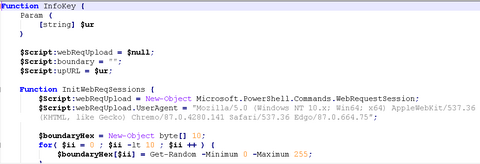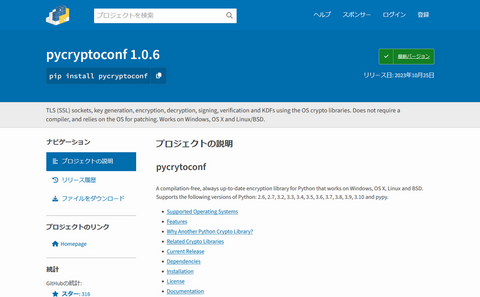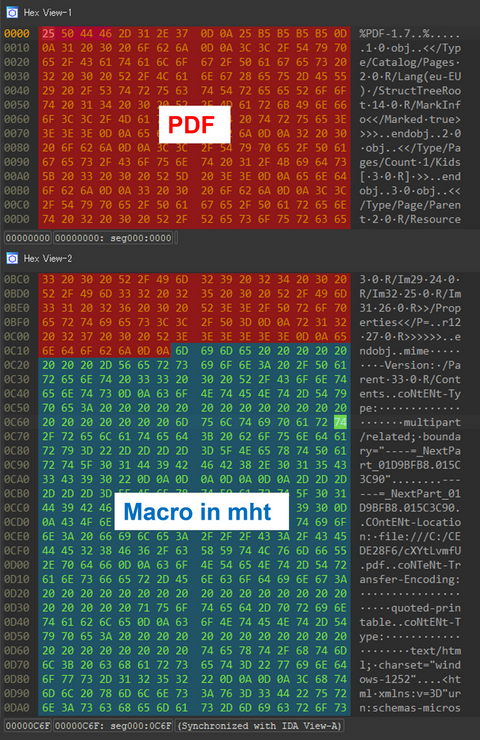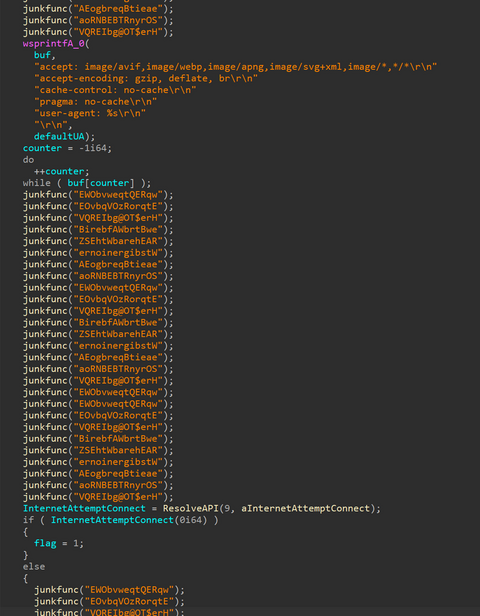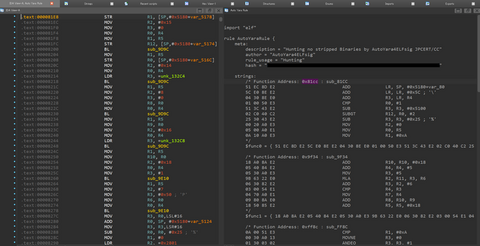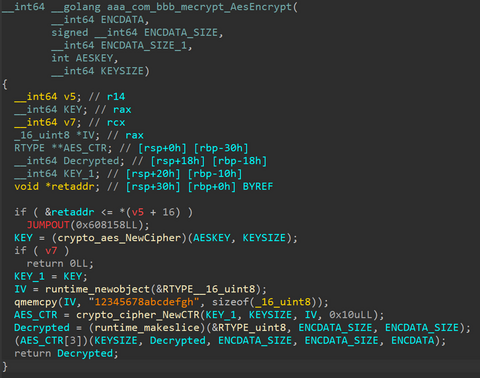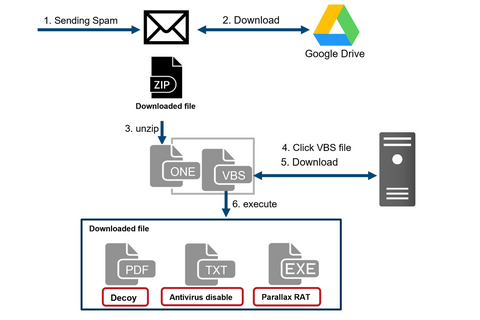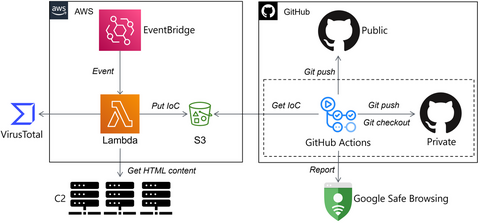JPCERT/CC has confirmed attack activities targeting Japanese organizations by an attack group called Kimsuky in March 2024. This article introduces the attack methods of the group confirmed by JPCERT/CC. Attack overview In the attack we identified, the attacker sent a targeted attack email impersonating a security and diplomatic organization. A zip file containing the following files with double file extensions was attached to the email. (File names are omitted.) (1)...
List of “Malware”
-
-
JPCERT/CC has confirmed that Lazarus has released malicious Python packages to PyPI, the official Python package repository (Figure 1). The Python packages confirmed this time are as follows: pycryptoenv pycryptoconf quasarlib swapmempool The package names pycryptoenv and pycryptoconf are similar to pycrypto, which is a Python package used for encryption algorithms in Python. Therefore, the attacker probably prepared the malware-containing malicious packages to target users' typos in installing Python packages....
-
JPCERT/CC has confirmed that a new technique was used in an attack that occurred in July, which bypasses detection by embedding a malicious Word file into a PDF file. This blog article calls the technique “MalDoc in PDF” hereafter and explains the details of and countermeasures against it. Overview of MalDoc in PDF A file created with MalDoc in PDF can be opened in Word even though it has magic...
-
As attacks become more fileless and malware gets more obfuscated, it is getting more difficult to determine whether there is a malicious intent from a file by itself. For this reason, malware detection methods that utilize sandboxes and AI, as well as technologies that detect suspicious behavior after malware infection, such as EDR, have now become common. Even so, malware that antivirus software cannot detect is often found during actual...
-
At the end of May 2023, JPCERT/CC confirmed an attack targeting developers of cryptocurrency exchange businesses, and it is considered to be related to the targeted attack group DangerousPassword [1], [2] (a.k.a. CryptoMimic or SnatchCrypto), which has been continuously attacking since June 2019. This attack targeted Windows, macOS, and Linux environments with Python and Node.js installed on the machine. This article explains the attack that JPCERT/CC has confirmed and the...
-
It has been observed that ELF malware removes symbol information during its build. This creates extra work in malware analysis to identify each function name because you do not know them. In addition, in IDA, an analysis tool, existing F.L.I.R.T signatures [1] (hereafter abbreviated as FLIRT signatures in this article) are often not applicable to ELF malware functions, making analysis difficult when right signatures are not found. This blog article...
-
JPCERT/CC has confirmed attacks that infected routers in Japan with malware around February 2023. This blog article explains the details of the attack confirmed by JPCERT/CC and GobRAT malware, which was used in the attack. Attack flow up to malware execution Initially, the attacker targets a router whose WEBUI is open to the public, executes scripts possibly by using vulnerabilities, and finally infects the GobRAT. Figure 1 shows the flow...
-
JPCERT/CC has observed attacks on cryptocurrency exchanges believed to be related to DangerousPassword attack campaign (also known as CryptoMimic or SnatchCrypto) continuously since June 2019. For many years, attackers have been using an attack technique of infecting targets with malware by sending shortcut files to them via email. However, it is known that they also use various other patterns of attacks to infect the targets with malware. This article will...
-
Around February 2023, JPCERT/CC identified an attack that attempted to infect a crypto asset exchanger with the Parallax RAT malware. This attack attempted to infect employees of the crypto asset exchanger with malware by sending spam emails. This article presents the details of this attack.Flow of events leading to Parallax RAT infectionFigure 1 shows the flow of this attack. The identified attack starts with a spam email, which urges the...
-
I believe that automating analysis is a challenge that all malware analysts are working on for more efficient daily incident investigations. Cloud-based technologies (CI/CD, serverless, IaC, etc.) are great solutions that can automate MAOps efficiently. In this article, I introduce how JPCERT/CC automates malware analysis on the cloud, based on the following case studies. Malware C2 Monitoring Malware Hunting using Cloud YARA CI/CD system Surface Analysis System on Cloud Memory...

